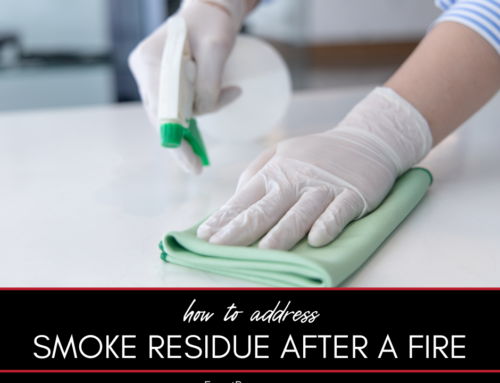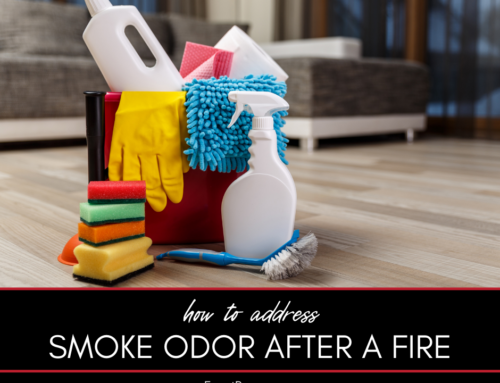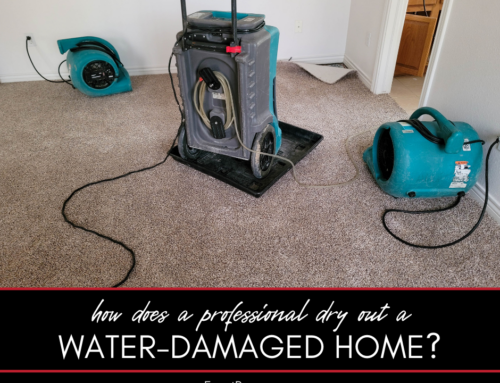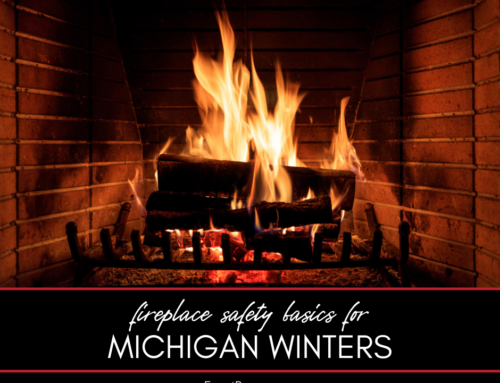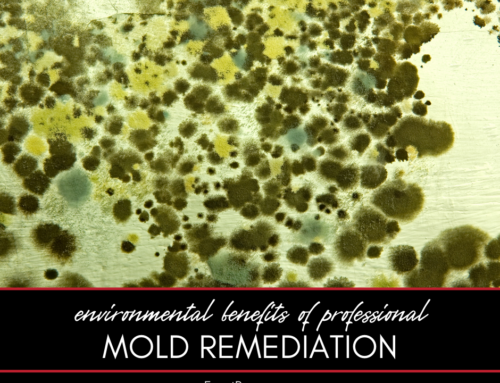Paint is pretty, but in some cases it may also be pretty dangerous. Many of today’s paints contain harmful chemicals called volatile organic compounds, or VOCs. Although these chemicals function to dry and solidify paint, they have the potential to negatively impact your health. So it’s important to minimize their presence in your home.
What Are VOCs in Paints?
Volatile Organic Compounds (VOCs) are gases inside of some paints that are released into the air as you paint. These gases can be damaging to the health of you and your family, causing allergic reactions such as headache, asthma, and upper respiratory infections. An average bucket of paint may contain chemicals like methylene chloride and benzene, which have been linked to cancer, according to the EPA. The majority of VOCs dissipate as paint dries, but some paints can release VOCs for years after they are applied.
Not only are VOCs found in paints, but they may also be present in caulk, carpet, wood, cleaning supplies, varnishes, and adhesives as well. Even that “new car smell” is actually the emission of VOCs from the interior plastics of a new vehicle.
Low/No-VOC Paints
Due to a raised awareness of the potential health hazards posed by VOCs, most paint manufacturers now produce one or more non-VOC varieties of paint.
No-VOC latex paints contain five or less grams of VOCs per liter of paint. Paints with fewer than 250 grams of VOCs per liter qualify as low-VOC paint. These paints pose less health risks due to reduced toxins, are safer for the environment—since they reduce groundwater, landfill, and ozone-depleting contaminants, and are both durable and cost-effective.
Low- and no-VOC paints are less odorous while painting and are not off-gassing, so areas where you paint can be occupied sooner.
Do You Need a Disaster Remediation Expert in Washtenaw County or Jackson County?
If your home has already been damaged, we can help. Check out our services and call Exact Recon for your free disaster remediation quote today. We offer:





